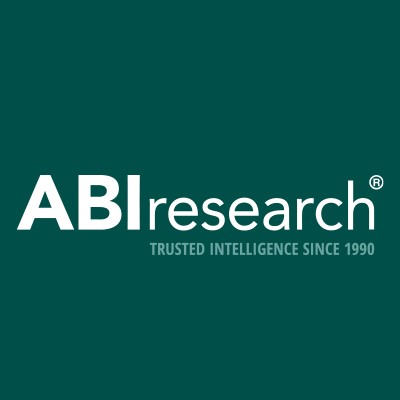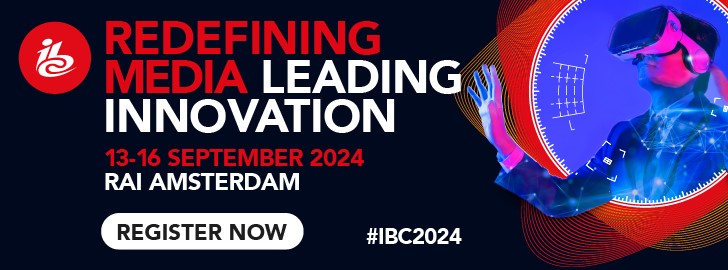Data security, user privacy, and energy sustainably are the key features that make 6G a completely new communication system, not just a better 5G.
London, United Kingdom - 04 May 2021 - The commercial launch of 5G started in 2019. Many countries worldwide have deployed their 5G networks, with leading countries including South Korea, China, the United States, the United Kingdom, Saudi Arabia, Finland, Spain, the United Arab Emirates (UAE), Australia, and Germany. Alongside these deployment activities, academia and industry are starting to envision the sixth generation of wireless technology for the 2030s, and many related research projects have already started. According to the time frames of previous wireless network deployments, global tech market advisory firm ABI Research forecasts that 2028 and 2029 will be the early commercial deployment years for 6G, with the first standard technology expected around 2026.
"X Reality (XR), which is a combination of Augmented Reality (AR), Virtual Reality (VR), and Mixed Reality (MR), is a promising solution for 6G to create a mixed real and virtual environment with either real-time or non-real-time human-machine interaction," says Jiancao Hou, 5G & Mobile Network Infrastructure Senior Analyst at ABI Research. "Self-organization and self-healing capabilities of a network to support autonomous driving, drone swarming, and pervasive networking are also critical to reduce the time and cost of network deployment and offer greater mobile coverage." Moreover, "In the 2030s, 6G could be the key enabler to realizing ubiquitous connectivity with a wide range of devices/sensors using in diverse communication environments."

5G is designed to provide a peak data rate of 20 Gigabit per second (Gbps), and an average user experience rate of 120 Megabit per second (Mbps). These numbers probably need to be revised to 1,000 Gbps and 1 Gbps, respectively, in 6G to support applications like XR and holographic communications, where THz communications can play a vital role due to its extremely wide bandwidth. In-band full-duplex technology enables communication nodes to learn or sense other available channels while transmitting data, which shortens the latency and improve spectrum efficiency. Artificial Intelligence (AI)/Machine Learning (ML) technology has already been a hot topic in the 5G era. By combining it with distributed computing, the rapid growth of data volume and highly complex network architecture foreseen in 6G are expected to be easily processed and managed to meet dynamic connectivity needs.
Since 2018, the 6G Flagship Program in Finland, led by the University of Oulu, started validating theoretical research and providing early industry prototyping. Many other countries, including China, South Korea, the European Union, and the United States also launched projects, programs, and alliances to reshape the 6G framework and main business focus. Standardization and relative authorities, such as the International Telecommunication Union (ITU) and the Institute of Electrical and Electronics Engineers (IEEE), have also shown great interest in supporting potential 6G use case and requirement studies. The U.S. Federal Communications Commission (FCC) has opened 95 Gigahertz (GHz) to 3 THz spectrum to offer a 10-year license for companies to test and verify their potential new products and services for 6G.
"Processing complexity and energy consumption of devices and infrastructure hardware are main factors that could limit advanced wireless technologies' development progress," Hou points out. "Dynamic spectrum and computing resource allocation and highly efficient interference mitigation algorithm designs are also the keys to offering guaranteed network service and user experience. With the advent of big data, cloud-native computing and networking, AI/ML, and open source, networks' security and users' privacy are becoming even crucial and will be well addressed by 6G," Hou concludes.
These findings are from ABI Research's 6G Standards and Market Developments application analysis report. This report is part of the company's 5G & Mobile Network Infrastructure research service, which includes research, data, and analyst insights. Based on extensive primary interviews, Application Analysis reports present in-depth analysis on key market trends and factors for a specific technology.
Read the Application Analysis:
About ABI Research
ABI Research provides strategic guidance to visionaries, delivering actionable intelligence on the transformative technologies that are dramatically reshaping industries, economies, and workforces across the world. ABI Research's global team of analysts publish groundbreaking studies often years ahead of other technology advisory firms, empowering our clients to stay ahead of their markets and their competitors.
Info: www.abiresearch.com
Notes: Press Release - ABI Research - London, United Kingdom - 4 May 2021













